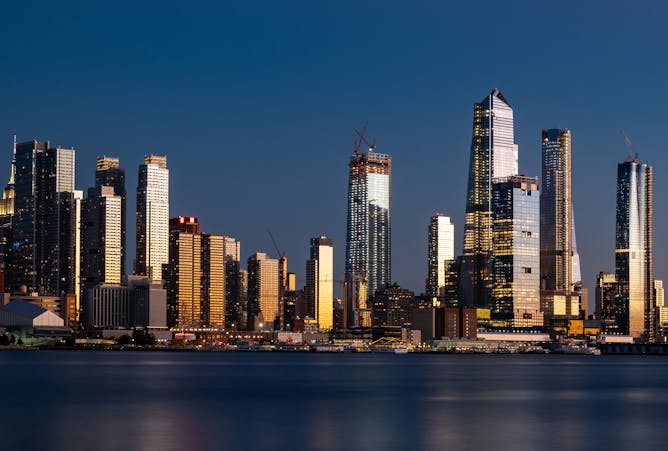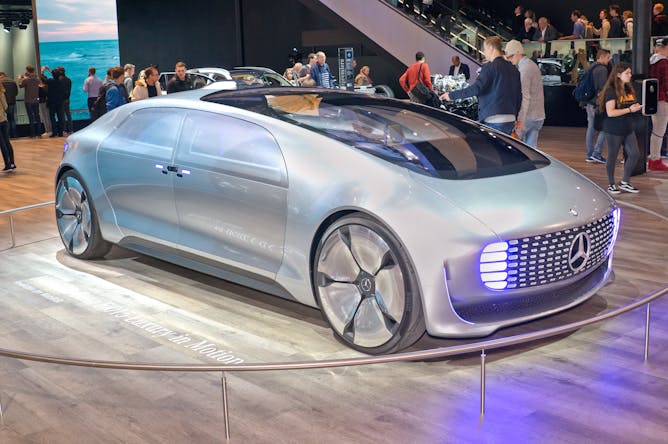|
|
|
Editor's note
|
|
From London’s Crystal Palace, to Chicago’s office buildings, architects throughout history have shown an enduring love for glass. But the environmental cost of heating and cooling glass buildings is well beyond dispute, says Henrik Schoenefeldt – it’s high time to reflect on their shortcomings and start building more sustainably.
With just over a week to go until the results of India’s mammoth election exercise are announced next Thursday, the sixth part of our podcast series India Tomorrow focuses on what young Indians want. Like many young people around the world, they have big dreams for their future. But for many Indians in their 20s and 30s, there is a large gap between their aspirations and the opportunities available to them. You can read a transcript of the episode here and check out the previous parts of the series in our series episode guide.
Today’s cars remain surprisingly similar to the first mass-produced vehicles 100 years ago – but buckle up, because a revolution is coming. Automation, batteries and the internet of things will see the car change more in the next decade than it has in the past century.
And finally, this week we launched our donations campaign – if you value what you read on The Conversation, please support us with a donation.
|
Emily Lindsay Brown
Editor for Cities and Young People
|

|
|
Top stories
|

New York restricts the growth of glass skyscrapers.
Shutterstock.
Henrik Schoenefeldt, University of Kent
Glass has always been a notoriously energy inefficient building material – but an obsession with aesthetics led architects to ignore its shortcomings.
|

Indrajit Roy, University of York; Annabel Bligh, The Conversation
Part six of The Anthill podcast's India Tomorrow series focuses on the concerns of young Indians.
|

shutterstock.
eans/Shutterstock
Dan Lewis, Staffordshire University; Claude C. Chibelushi, Staffordshire University; Debi Roberts, Staffordshire University
The year 2030 may not seem far away, but a decade is a long time in technological terms. Widespread automation, electrification, and connectivity are set to revolutionise the car of the future.
|

Sunset at Madagascar’s avenue of the baobabs in Morondavo.
Chr. Offenberg/Shutterstock
Sarobidy Rakotonarivo, University of Stirling
President Rajoelina's five-year term, starting in 2019, may be the last chance to avoid habitats and species from going extinct.
|
Business + Economy
|
-
Greg Wright, University of California, Merced
An economist explains why the US and Chinese governments are most likely to dig in their heels rather than find a compromise to end the costly trade conflict.
|
|
Politics + Society
|
-
Nicholas Ross Smith, University of Nottingham
The European Parliament is particularly vulnerable to meddling. So let's change the way it works.
|
|
Health + Medicine
|
-
Kevin McConway, The Open University
A number of contradictory studies have found a link between Parkinson's and having your appendix out.
|
|
|
|
Environment + Energy
|
-
Christine Adams-Hosking, The University of Queensland
It's hard to say exactly how many koalas are in the wild, but there's no doubt they're in serious trouble.
-
Karen Filbee-Dexter, Université Laval
With global warming, underwater Arctic kelp forests are proliferating, and might be a potential resource.
|
|
| |
| |
| |
| |

|
| |
| |
| |
Featured events
|

|
34 Broad Street, Oxford, Oxfordshire, OX1 3BD, United Kingdom — University of Oxford
|

|
34 Broad Street, Oxford, Oxfordshire, OX1 3BD, United Kingdom — University of Oxford
|

|
Bowland Auditorium, Berrick Saul Building, Campus West, York, York, YO10 5DD, United Kingdom — University of York
|

|
Bowland Auditorium, Berrick Saul Building, Campus West, York, York, YO10 5DD, United Kingdom — University of York
|
|
|
|
| |
| |
| |
| |
| |
|
|
|
|
|
|
|